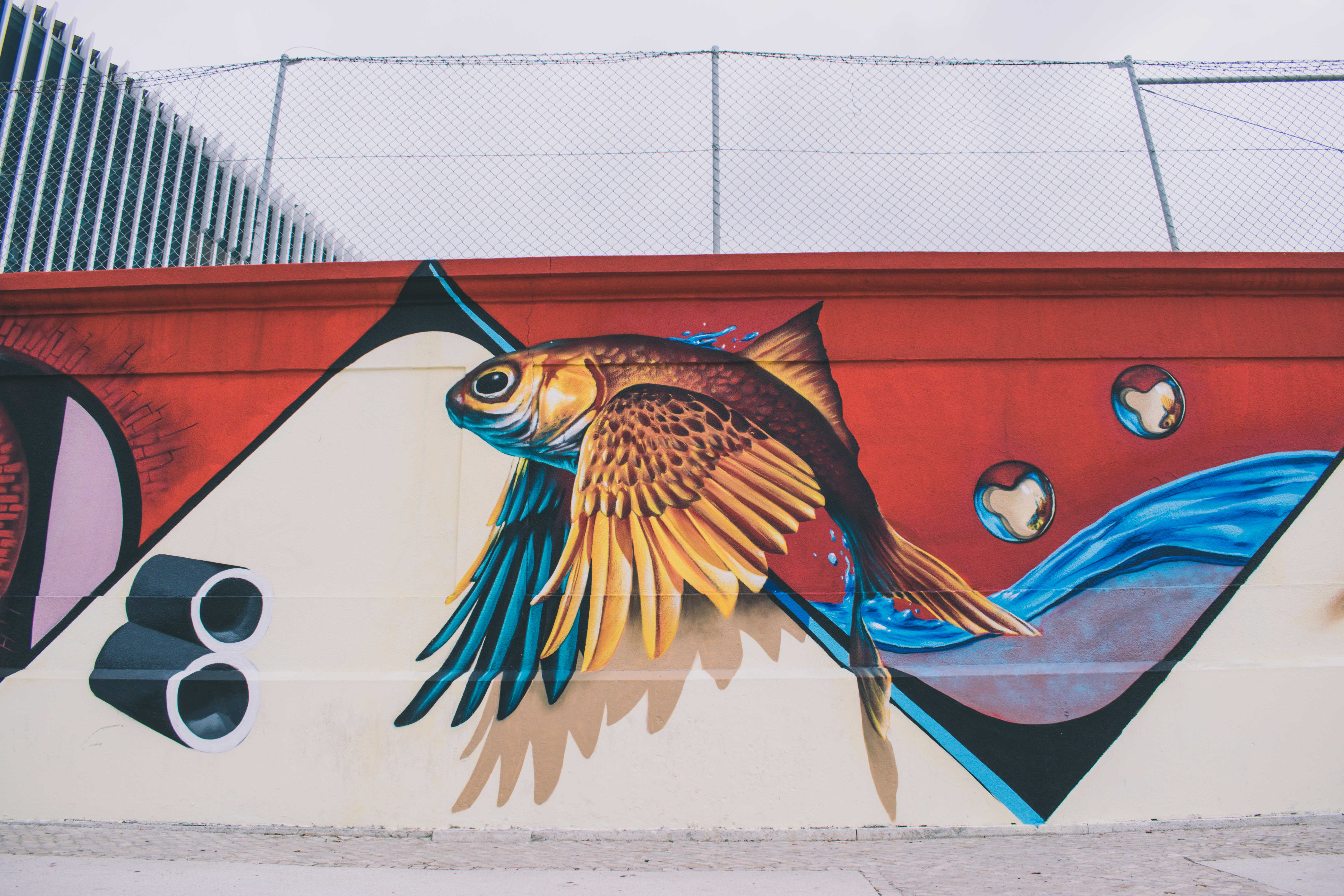Articles
Formula for Finding and Developing A Unique Photographic Style

Over the years I have come across several photographers who have striven to be original, unique. As photographers, we sometimes ask ourselves: “how can I create a style that is unique and different from others?” In a profession that requires technical knowledge, creativity and artistic fundamentals, many of us are constantly searching for ways to develop a unique style – one which might reveal who we are as professionals as well as what our work represents.
Many of my photographer colleagues, as well as myself, have previously embarked on reflective journeys hoping to identify what it is that we can call “my style”. Often times, in order to find inspiration and a better understanding of what it is that we do, we review the work of others hoping that we will find some answers or clues. When I started my search for establishing my own unique style, I realized that it was also possible to borrow, modify, or incorporate aspects of others’ work into my own style. However, I also learned that there are other ways to develop one’s “own style”.
Today I would like to share some simple tips which I believe might shed some light on how you might be able to develop your own style, without having to exclusively rely on reproducing or replicating the works produced by others. The following are some tips which have truly enabled me to be authentically creative and, in the process, develop a style which I can consider my own.
My formula for finding and developing a unique style is a simple 7-step process:
- Visit art galleries, photo galleries, art studios
- Immerse yourself in viewing different and contrasting artists’ works
- As you reflect upon what you have seen and experienced, take notes
- Give yourself time to contemplate and develop a collage of these observations
- Visualize your integrated ideas – in other words, merge your observations
- Develop a work plan which includes what you would like to produce, what feels right
- Execute your ideas, and experiment with different combinations of ideas
I strongly believe that if we take the time to follow this 7-step process, we will be able to eventually develop our own style.
Visiting art galleries, photo galleries, and art studios refreshes, expands, and solidifies our knowledge. These places are filled with information that other artists have taken time and care to develop. Let us take the time to analyze the works of famous artists as well as those produced by lesser-known artists. When I developed my style a few years ago, I found myself visiting art museums. I was particularly interested in better understanding art movements, starting from the time of the Renaissance to the Modern era. I became interested in how art movements evolved and transformed. Each era offered different approaches to expressing emotions. I noticed that the colors and brushes used were different and that the messages that were captured changed from religious to political to cultural. Each of these eras also offered different lighting and brush stroke techniques. I took time to immerse myself in comparing and contrasting everything I observed.
It is important that we take time to reflect and contemplate. I suggest staying in a place you deem most appropriate to allow your imagination to develop new ideas. Listen to music that you believe will help you reflect and understand your observations and thoughts more clearly. If you prefer no music, then keep silent. The important thing is to not let anything or anyone interrupt you during this reflection-contemplation-visualization process. Once you have an idea for what you want to develop, write it down, draw it, make a note of it. Write down your thoughts, ideas, concepts.
Once you begin your work plan, carefully organize the development of the ideas you wish to execute. For instance, plan on incorporating some specific art techniques that you are interested in. For example, I incorporated aspects of chiaroscuro, tenebrism, and sfumato in my work because I felt that these techniques offered an intriguing combination. We know that Leonardo de Vinci used the ‘sfumato’ technique by applying colors with a delicate gradation of tones as if it were smoke, which allowed him to enhance his images from the brightest areas to the darkest, without using lines or borders. If we consider the tenebrism technique, used by Caravaggio, we must acknowledge a strong contrast between light and shadows with which we can isolate the subjects between the shadows, projecting dramatic scenes. With the technique of Chiaroscuro, we have some completely black areas and others that are completely illuminated. With the addition of lines and colors, we can create the environment we want, whether dynamic or static, passionate or calm.
By truly reflecting, contemplating, and visualizing several aspects of art and photography that you are interested in and appreciate, you will be able to develop a style that is unique. This will also allow you to perform your work uniquely without having to resort to directly copying the ideas of others, e.g. taking a photo of another photo that won an award. The process which I have outlined above requires time and patience. The process should be organic, and not forced. The process requires the person take time to consider many aspects of art and photography.
In my own experience, I have attempted to learn art and photography techniques and styles from many individuals across decades. Moreover, I have sought to learn from many photographers and artists and to contemplate why I am interested or not interested in someone’s approach. I have been using this 7-step approach for years. I have found it effective in helping me find my own artistic voice.
It is important that we all find our ‘unique’ voice and that the work that we produce tells our individual stories.
Guest article written by Amanda Ramirez-Cardenas
